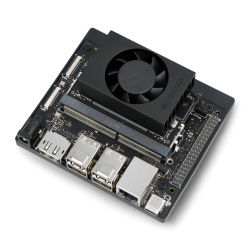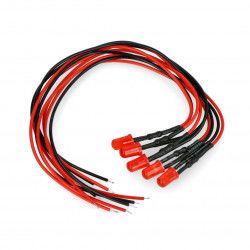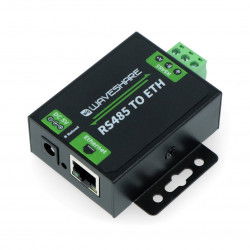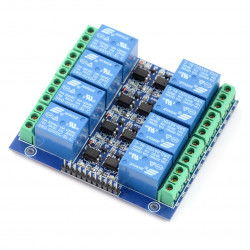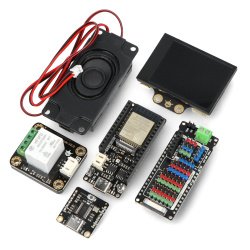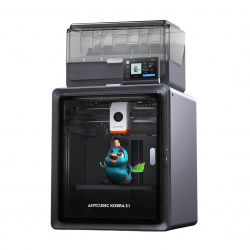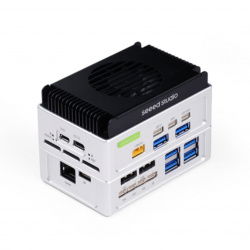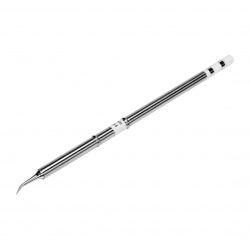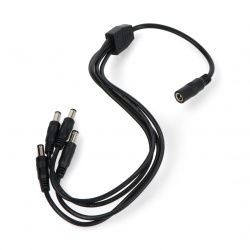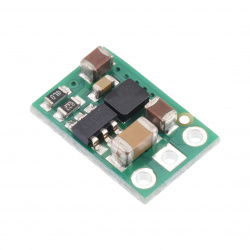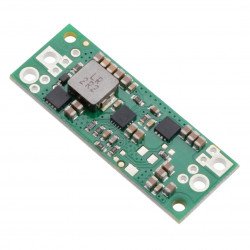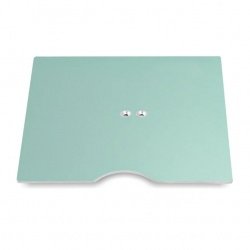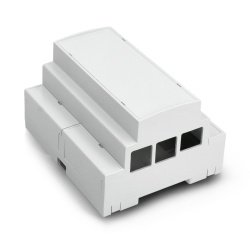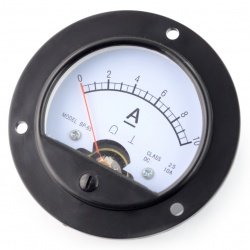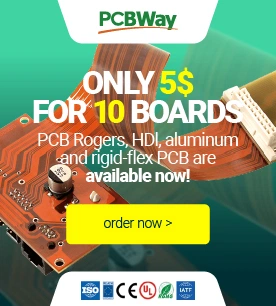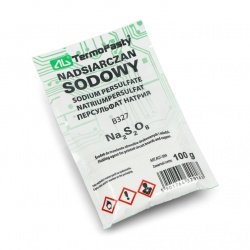Wytrawiacze, odrdzewiacze rdzy - Neutralizatory rdzy
- Relevance
- New products first
- Name, A to Z
- Name, Z to A
- Price, low to high
- Price, high to low
- In stock
- Random
- 12
- 24
- 60
Etcher for circuit boards B327 - 100g
Printed circuit board etching agent. Dissolves very quickly and does not crystallise from the solution. It etch evenly, ensuring sharp contours and minimising irritation.Universal Developer for Photolakers and Positive Laminates - 22g
A product to develop photo-varnishes and positive plates. Provides good quality and sharpness of contours. It does not contain NaOH, which increases work safety.See also
What is rust?
Rust is a coating that appears on iron alloys as a result of their corrosion by contact with water, earth or air. It is not a homogeneous substance - it contains, among other things, iron oxides and hydroxides of different chemical composition. The speed of rusting is influenced by many factors, including air humidity, the presence of salts or the appearance of other chemical compounds. Rust is an undesirable phenomenon because it reduces the strength of the metal and makes it more susceptible to mechanical damage or temperature changes. This can cause damage to objects, tools and equipment, and even road or building accidents if the corroded element was key to a larger structure (this happens, for example, with steel bridges or buildings made of reinforced concrete). Therefore, the appearance of rust should be prevented and, if it occurs, it should be quickly removed and the exposed parts protected from further corrosion.
Rust remover - an effective way to prevent corrosion
A rust remover is a chemical preparation that is able to dissolve rust so that its layer can be removed from uncorroded metal. It is worth remembering that, unfortunately, such a product is not able to repair damaged elements in such a way as to reverse the corrosion - the loss on the surface is irreversible. However, it is possible to get rid of rust and protect the rest of the object against further corrosion. The etchings usually contain various substances that react with the corroded layer and allow it to dissolve: these include mainly acids (including phosphoric, acetic or citric acids), which have a very effective rust removal effect. The downside is their ability to accelerate corrosion, so acid etching is a method that will only work for resistant metals and only if the substance is removed immediately after cleaning. Penetrators, such as the popular WD-40, also have a certain rusting effect. Rust removers with molybdenum sulphide are also often used, which additionally protect the metal from further corrosion. For most rust removers, special care should be taken when handling other materials as they can damage plastics or textiles and have a discolouring effect.
How to use a rust remover?
To begin with, as much corroded material as possible should be removed mechanically, taking care not to damage mechanically relevant parts of the object. This is particularly important in the case of rust removal of equipment or structures, the damage to which may involve a risk to the safety of the user. Then the rust remover should be applied to the corrosion outbreak and left for the time indicated by the manufacturer on the packaging. Finally, the remains of the product should be removed by rubbing or washing it off (depending on the type of preparation). After the rust removal process has been completed, the metal should be protected against further corrosion using the appropriate chemicals. Special care should be taken when pickling rust, as most rust removal agents irritate the skin, eyes and respiratory tract and are highly toxic to humans, animals and aquatic organisms.













